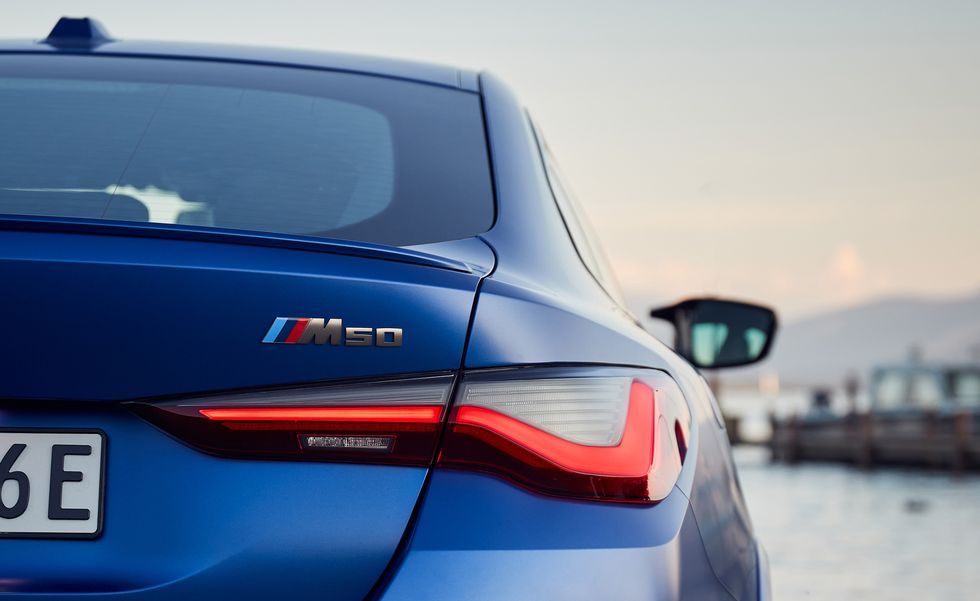- BMW has submitted a patent with the United States Patent and Trademark Office for adjustable speed and acceleration curves, as first reported by Carbuzz.
- The system would let drivers customize throttle response and behavior under acceleration, even making it so that car could imitate the characteristics of a gas-powered vehicle.
- BMW calls it “a fun interactive option” and describes the customizable graphs as having “an emotional character.”
These days, most cars can be tailored to different conditions through an array of drive modes, but a new patent filing from BMW suggests the next wave of electric vehicles may become even more customizable. As first reported by Carbuzz, BMW is developing a system that will let drivers create their ideal driving experience by adjusting specific elements of the drivetrain, such as acceleration curves and throttle mapping.
The Driver Is the Programmer
While the drive modes currently found across the automotive landscape can alter these same parameters, the amount of adjustability is typically predetermined by the programming of each mode. For example, Sport mode will intensify the throttle response in a specific way determined by the automaker, while Comfort mode will dial it back, but without any adjustability between the two preset values.
The proposed BMW system, however, turns the driver into the programmer, in a sense, allowing for minute adjustments of each element irrespective of any preset drive mode. This level of personalization is only feasible with electric motors, where—as BMW explains in the patent filing—”the development of power . . . can . . . be set much more finely and in particular can be varied much more flexibly than in the case of internal combustion engines.”
The customized propulsion settings revolve around two adjustable graphs: a speed curve and an acceleration curve. The former allows mapping of the throttle position to directly correspond to speed. For example, the driver could set it so that at 30 percent throttle, the car will go 40 mph. The acceleration curve, on the other hand, equates throttle input to torque output. In this case, a driver could set 50 percent throttle to result in 50 percent acceleration, in effect determining how responsive the throttle pedal is by adjusting how aggressively the car responds to inputs.
The patent suggests that BMW would offer preset graphs, with linear or exponential curves, but also the ability to customize the curves by dragging different points up and down. The two curves would combine to create a vast spectrum of unique behaviors, with throttle inputs controlling both the overall speed and how aggressively the vehicle accelerates.
An Exercise to Increase Engagement
BMW appears to view this system as a way to make high-performance EVs more engaging. The patent explains the customizable graphs “can have an emotional character and delight the vehicle user,” describing the system as “a fun interactive option” and that “technology-minded vehicle users will especially enjoy this.”
The system would offer an alternative to the way many EVs currently drive, where torque and power delivery feels linear and immediate. The system would allow for speed and acceleration to build gradually, and the adjustable curves could even allow drivers to set up their cars to imitate the acceleration curves of gas-powered cars.
It is unclear if and when BMW intends to implement this system, but it could appear on the quad-motor M division prototype under development and/or on the rumored 1000-hp i5 M coming later this decade.
This content is imported from poll. You may be able to find the same content in another format, or you may be able to find more information, at their web site.
Associate News Editor
Caleb Miller began blogging about cars at 13 years old, and he realized his dream of writing for a car magazine after graduating from Carnegie Mellon University and joining the Car and Driver team. He loves quirky and obscure autos, aiming to one day own something bizarre like a Nissan S-Cargo, and is an avid motorsports fan.
Read the full article here




